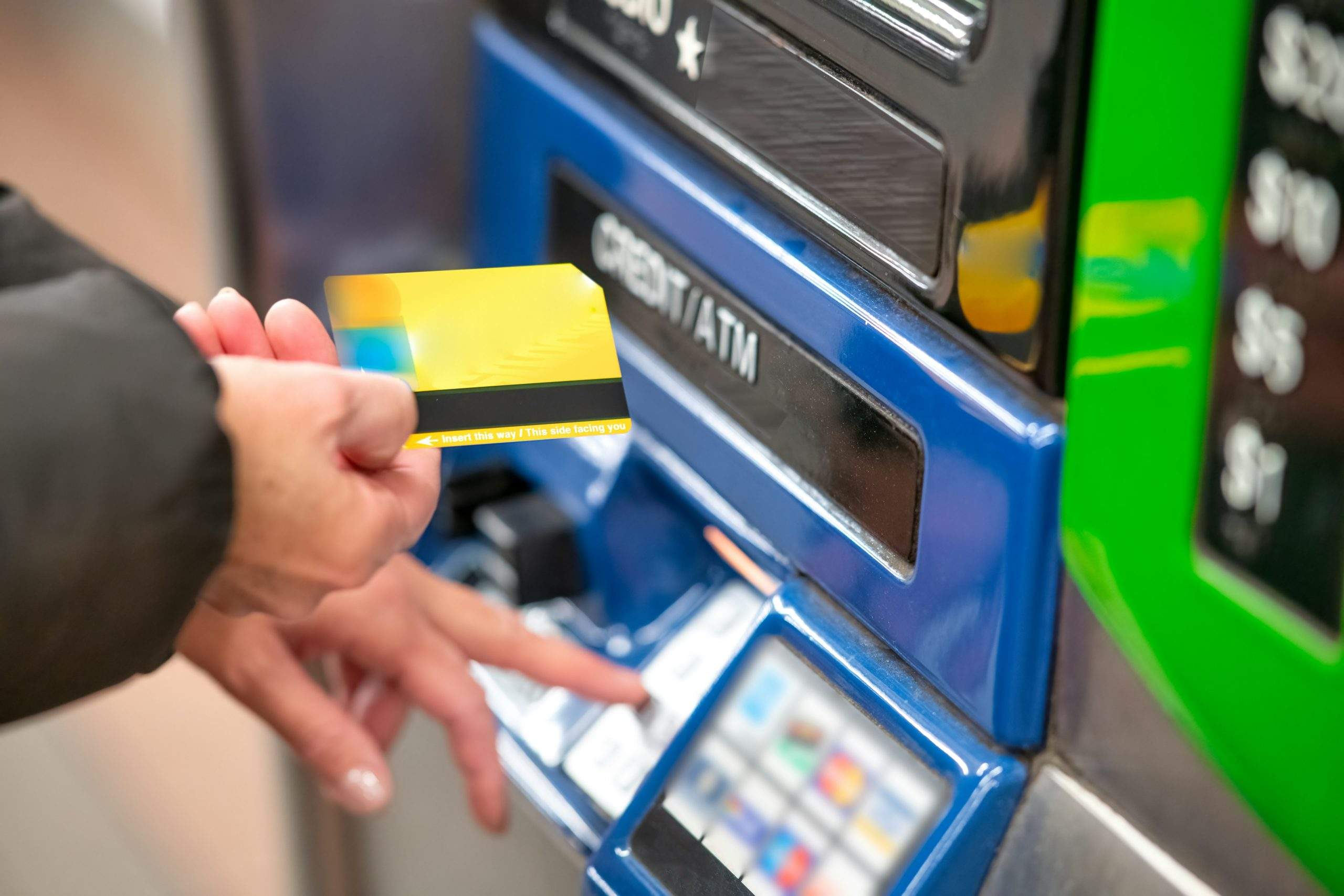
What is the difference between debit and credit?
Understanding the nuances between debit and credit isn’t just about knowing how to swipe a card; it’s about unlocking the secrets to smart financial management. As we delve into this topic, we’ll explore how each option functions within your budgetary framework, the potential pitfalls lurking behind seemingly innocent decisions, and how mastering these tools can empower you in your financial journey. Whether you’re looking to build credit history or simply trying to avoid overdraft fees, grasping these distinctions could be your first step towards more informed spending habits. Let’s unravel the mystery behind debit and credit so you can make choices that align with your financial goals!
Understanding Debit Cards
Debit cards are often seen as straightforward tools for accessing funds directly from your bank account, but they embody a deeper functionality than just being a payment method. Unlike credit cards that extend borrowed money, debit cards operate on the principle of direct ownership; every transaction immediately diminishes your available balance. This immediacy fosters mindful spending and can improve budgeting habits, making them ideal for individuals keen on maintaining financial discipline.
Moreover, many debit cards come equipped with features that enhance their appeal beyond mere banking convenience. With options like cashback rewards and discounts at partner retailers, users can benefit while staying within their financial means. Additionally, recent technological advancements have introduced sophisticated security measures—like chip technology and biometric authentication—making debit card transactions not only convenient but also increasingly safe in an era where digital fraud is omnipresent. Embracing these features could offer consumers a balanced way to engage financially in an ever-evolving economy without falling prey to the pitfalls of incurring debt that comes with credit usage.

Understanding Credit Cards
Credit cards offer a unique financial flexibility that distinguishes them from their debit counterparts. When you use a credit card, you’re essentially borrowing money from the bank or issuer, which allows for greater purchasing power without immediate impact on your current funds. This can be particularly useful in emergencies or when making larger purchases that you may want to pay off over time. However, this convenience comes with a caveat—the risk of incurring debt if charges aren’t managed wisely.
Moreover, credit cards come with an array of rewards and benefits that can enhance their value beyond mere spending tools. Many issuers provide points through reward programs that can be redeemed for travel, cash back, or other exclusive perks. Additionally, responsible usage of a credit card—such as timely payments—can improve your credit score substantially over time. This compounding effect underscores the importance of understanding not just how to use credit cards effectively but also how they fit into the broader landscape of personal finance management; it’s about leveraging their advantages while being mindful of potential pitfalls like high interest rates and overspending tendencies.
Key Differences in Usage
When it comes to everyday transactions, the usage of debit and credit cards reflects broader financial behaviors and preferences. Debit cards draw directly from your checking account, instilling a sense of budget-conscious spending; you only use what you have. This real-time approach can lead to greater awareness of one’s finances but may feel limiting for those seeking flexibility in larger purchases or emergencies.
On the other hand, credit cards offer a different realm entirely: they allow users to borrow funds up to a predetermined limit, encouraging spending beyond immediate means. The allure of rewards programs and cash back can make credit an enticing option for savvy consumers who can manage repayments responsibly. However, this comes with the caveat of potential debt accumulation if balances aren’t paid off in full each month—something that often seduces even the most cautious spender into overspending. Understanding these nuances not only aids financial literacy but also empowers individuals to tailor their payment preferences based on lifestyle choices and long-term goals.

Fees and Interest Rates
When considering the financial dynamics of debit and credit transactions, fees and interest rates play pivotal roles that influence your choices. With a debit card, users typically avoid interest charges since funds are withdrawn directly from their bank account. However, be mindful of potential overdraft fees if you spend more than your balance, which can accumulate quickly and transform convenience into a costly misstep. Conversely, credit cards often present attractive rewards but come with higher stakes—interest rates can soar if balances aren’t paid in full each month, sometimes exceeding 20% APR.
Understanding these financial intricacies allows consumers to navigate spending decisions wisely. It’s crucial to read the fine print; while enticing promotional offers may initially seem like a boon for credit cards—such as low introductory interest rates—they can lead to unanticipated costs down the line when those deals expire. Being aware of annual fees or transaction fees associated with both forms of payment is equally vital; one might find certain accounts charge for maintenance or offer limited free withdrawals. By balancing these factors against personal spending habits and financial goals, individuals can make informed choices that enhance their economic well-being rather than undermine it through overlooked costs.

Security Features
When it comes to security features, credit and debit cards might seem similar at first glance, but they each offer distinct advantages that cater to different consumer needs. Credit cards typically come equipped with advanced fraud protection mechanisms. Most issuers monitor transactions for unusual behaviors, alerting you to potential unauthorized usage almost in real-time. Some even provide zero-liability policies, ensuring you’re not held responsible for fraudulent charges if reported promptly—a safety net that can significantly reduce the stress associated with financial theft.
On the other hand, debit cards tend to be directly linked to your checking account, meaning that any unauthorized withdrawal impacts your available funds immediately. However, many banks are introducing robust security technologies such as EMV chip technology and two-factor authentication protocols that enhance debit card safety considerably. This provides reassurance as users navigate their everyday transactions while also encouraging them to keep a close eye on their accounts given the immediate accessibility of their cash.
Ultimately, understanding these security features enables consumers to make more informed choices about how they manage their finances. While credit cards may offer superior fraud protection post-incident, the immediacy of accessing funds through a debit card poses its own unique risks and rewards—emphasizing the importance of selecting a payment method that aligns not just with spending habits but also with personal comfort regarding security practices.
Conclusion
In conclusion, understanding the difference between debit and credit is pivotal not only for personal financial management but also for fostering a mindful approach to spending and saving. While debit transactions draw directly from your available funds, ensuring you live within your means, credit allows for flexibility and the potential for building a solid financial history. The key lies in balance: leveraging the benefits of credit—including rewards points or cash back—while avoiding the pitfalls of overspending that can lead to debt.
Moreover, recognizing these differences opens up avenues for informed decision-making regarding budgeting and investments. It can empower individuals to create strategies that align with their financial goals—whether that involves using debit for everyday purchases or strategically utilizing credit cards to maximize benefits while keeping a close watch on repayment schedules. As we navigate a world increasingly reliant on digital payments and virtual currencies, cultivating this knowledge ensures greater control over our finances and paves the way toward long-term prosperity.



